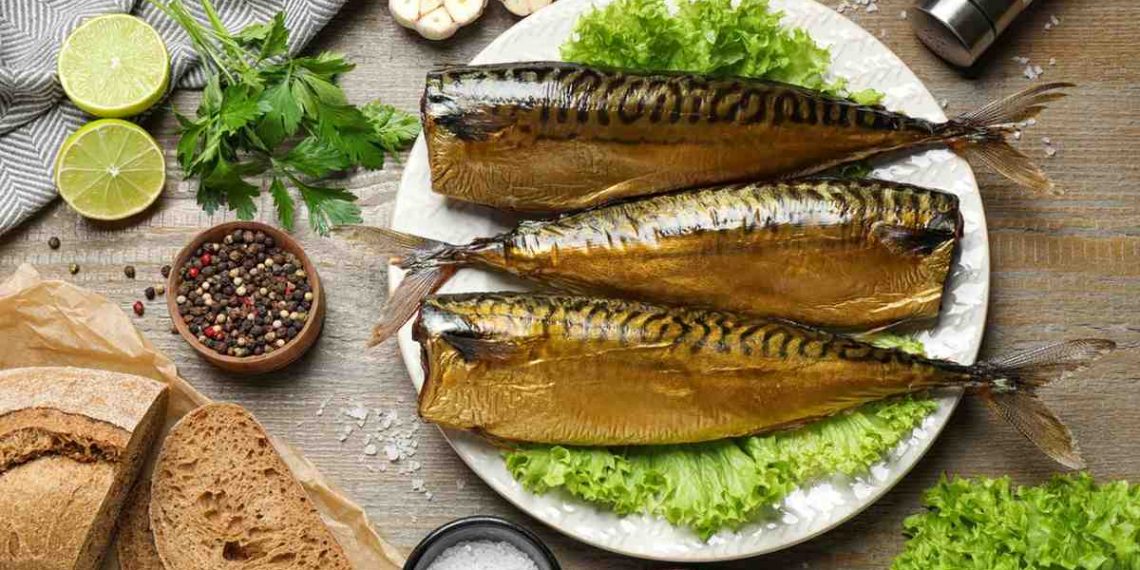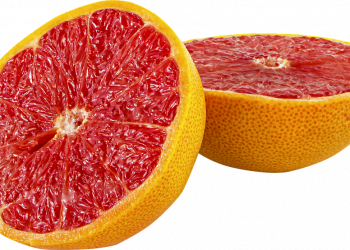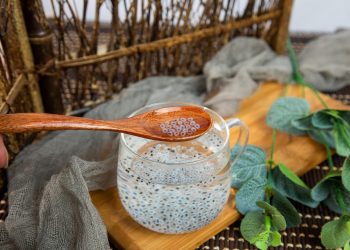Did you know that what’s on your plate can affect your hormones? It’s true! While we often think about how our diets impact our bodies in terms of weight or general health, the link between food and hormone levels, particularly testosterone, is a fascinating area of study. Mackerel, a delicious and nutritious fish, is not just a treat for your taste buds; it also offers potential benefits for testosterone production. So, let’s dive into five mouthwatering mackerel dishes that can help give your testosterone levels a natural boost.
Contents
Why Mackerel?
Before we get into the recipes, let’s talk about why mackerel is a great choice. This oily fish is packed with omega-3 fatty acids, which have been linked to improved heart health, brain function, and even hormone regulation. According to a study published in the Journal of Clinical Endocrinology & Metabolism, omega-3s may play a role in maintaining testosterone levels (Mäkelä et al., 2020). Plus, mackerel is rich in vitamin D and selenium, both of which are essential for testosterone production.
Now that we’ve set the stage, let’s explore some delicious ways to incorporate this powerhouse fish into your diet.
1. Grilled Mackerel with Lemon and Herbs
Ingredients:
- 2 mackerel fillets
- 1 lemon, sliced
- Fresh herbs (like parsley, dill, or thyme)
- Olive oil
- Salt and pepper
Instructions:
- Preheat your grill or grill pan over medium heat.
- Drizzle the mackerel fillets with olive oil and season with salt and pepper.
- Place the lemon slices and herbs on top of the fillets.
- Grill for about 5-7 minutes on each side until the fish is cooked through and flakes easily.
Why It Works:
Grilling mackerel not only enhances its flavor but also preserves its nutrients. The olive oil adds healthy fats that can support hormone production, and the fresh herbs provide antioxidants that may further aid in maintaining testosterone levels.
2. Mackerel Salad with Avocado and Quinoa
Ingredients:
- 1 can of mackerel in olive oil
- 1 cup cooked quinoa
- 1 avocado, diced
- 1 cup cherry tomatoes, halved
- Juice of 1 lime
- Salt and pepper
Instructions:
- In a bowl, combine the cooked quinoa, diced avocado, and cherry tomatoes.
- Add the canned mackerel (drained) and lime juice.
- Toss gently to combine and season with salt and pepper to taste.
Why It Works:
This salad is a complete meal packed with healthy fats, protein, and fiber. The combination of mackerel and avocado provides a hefty dose of omega-3 fatty acids, while quinoa adds additional protein, making it a testosterone-friendly dish.
3. Mackerel Tacos with Cabbage Slaw
Ingredients:
- 2 mackerel fillets, cooked and flaked
- Corn or flour tortillas
- 2 cups shredded cabbage
- 1 carrot, grated
- 1 lime, juiced
- 1 tablespoon mayonnaise (optional)
- Salt and pepper
Instructions:
- In a bowl, mix the shredded cabbage, grated carrot, lime juice, and mayonnaise (if using). Season with salt and pepper.
- Warm the tortillas in a pan or microwave.
- Assemble the tacos by placing flaked mackerel on the tortillas and topping with the cabbage slaw.
Why It Works:
Tacos are a fun and versatile way to enjoy mackerel. The crunch from the cabbage slaw adds a refreshing contrast, and the lime juice enhances the dish’s flavor while providing vitamin C, which is essential for overall health.
4. Smoked Mackerel Pâté
Ingredients:
- 200g smoked mackerel
- 100g cream cheese
- 1 tablespoon lemon juice
- Fresh dill or chives
- Crackers or bread for serving
Instructions:
- In a food processor, blend the smoked mackerel, cream cheese, lemon juice, and herbs until smooth.
- Taste and adjust seasoning as needed.
- Serve with crackers or bread.
Why It Works:
This pâté is not only delicious but also a convenient way to get your omega-3s. The combination of mackerel and cream cheese makes for a rich, satisfying spread that pairs well with whole-grain crackers, adding fiber to the mix.
5. Curry Mackerel with Spinach and Chickpeas
Ingredients:
- 2 mackerel fillets
- 1 can coconut milk
- 1 tablespoon curry powder
- 1 cup spinach
- 1 can chickpeas, drained
- Salt and pepper
Instructions:
- In a pan, heat a little oil and add the curry powder, cooking for a minute until fragrant.
- Pour in the coconut milk and bring to a simmer.
- Add the mackerel fillets and cook for 5-7 minutes.
- Stir in the spinach and chickpeas, cooking until the spinach wilts.
Why It Works:
Curry dishes can be incredibly satisfying, and this one is no exception. The combination of spices not only adds flavor but also has anti-inflammatory properties. Chickpeas provide additional protein and fiber, making this a hearty and testosterone-friendly meal.
FAQs
1. How does mackerel help boost testosterone?
Mackerel is rich in omega-3 fatty acids, vitamin D, and selenium, which are linked to testosterone production and overall hormonal balance.
2. How often should I eat mackerel for testosterone benefits?
Incorporating mackerel into your diet 1-2 times a week can be beneficial, but it’s essential to maintain a balanced diet overall.
3. Can I use other fish instead of mackerel?
Yes, other fatty fish like salmon or sardines also provide similar benefits due to their omega-3 content.
4. Are there any risks associated with eating mackerel?
While mackerel is nutritious, be cautious about mercury levels, especially in larger species. Opt for Atlantic mackerel, which is lower in mercury compared to king mackerel.
Conclusion
Incorporating mackerel into your diet can be both delicious and beneficial for testosterone levels. With its rich omega-3 fatty acids, vitamins, and minerals, mackerel is a fantastic option for anyone looking to support their hormonal health. From grilled fillets to hearty salads and flavorful curries, the possibilities are endless. So, why not give these recipes a try? Your taste buds—and your testosterone levels—might just thank you!
Remember, though, that while diet plays a significant role in hormone regulation, it’s just one piece of the puzzle. Regular exercise, adequate sleep, and stress management are also crucial for maintaining healthy testosterone levels.
This article is for educational purposes only and is not a substitute for professional medical advice. Always consult a qualified healthcare provider before making changes to your health routine.
References
- Mäkelä, K., et al. (2020). Omega-3 fatty acids and testosterone: A systematic review. Journal of Clinical Endocrinology & Metabolism. Retrieved from https://doi.org/10.1210/clinem/dgz123.
- Harvard Health Publishing. (2021). The benefits of omega-3 fatty acids. Retrieved from https://www.health.harvard.edu/staying-healthy/the-benefits-of-omega-3-fatty-acids.
- Mayo Clinic. (2020). Testosterone levels: What you need to know. Retrieved from https://www.mayoclinic.org/diseases-conditions/low-testosterone/symptoms-causes/syc-20356381.
Get Your FREE Natural Health Guide!
Subscribe now and receive our exclusive ebook packed with natural health tips, practical wellness advice, and easy lifestyle changes — delivered straight to your inbox.















